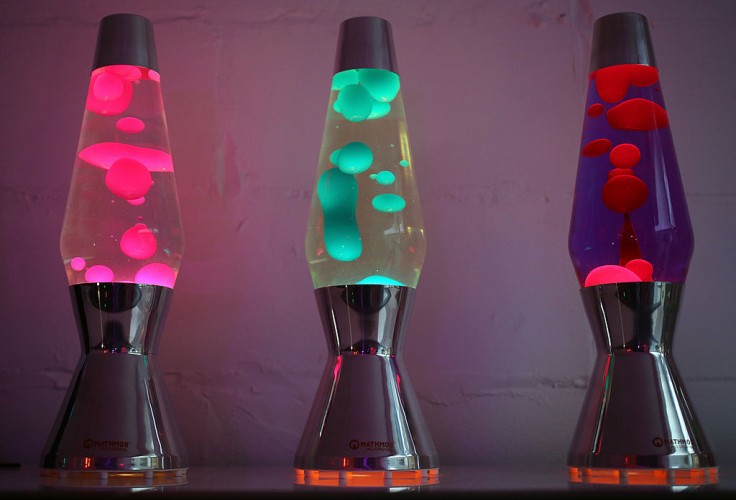What happens if we try to mix oil and water?
It's pretty much common knowledge that oil and water are insoluble with one another; they won't mix. But once you apply heat to the mixture, something interesting will happen.
If you're looking for a fun and interactive activity involving learning science, here's one project you and the kids will enjoy.
Want to get mesmerized by a lava lamp or liquid motion lamp? Here are the different ways to do it.

Different Ways To Make a Lava Lamp
Basic DIY Lava Lamp
First, fill the jar with water to about 1/4 full. Next, add vegetable oil. Fill the bottle leaving about an inch at the top. Then, add a few drops of food coloring.
Afterward, add a teaspoon of Alka Seltzer and watch the lava lamp come to life with bubbles!
The reaction will settle down after a few minutes but to start it again, simply add more Alka Seltzer.
Lava Lamp Without Alka Seltzer
If you don't have all the ingredients available, you can make a few substitutions.
You can use baby oil instead of vegetable oil. Baby oil created a lot of bubbles. The clarity of the lava lamp was not as good, but it does still work.
You can make your own mix if you don't have Alka Seltzer. Simply mix two parts baking soda with one part citric acid. Add a teaspoon of the mixture and be amazed by the reaction.
Glow in the Dark Lava Lamp
What happens if we use tonic water instead of plain water? You'd be surprised.
If tonic water is used instead of plain water, you'll have a glowing lava lamp. Aside from that, there are also some cool and unexpected results. The food coloring sat in a layer between the oil and tonic water, only mixing once we added the antacid.
After a while, we tried adding two different colors. With the tonic water, the beads of colors once again sat on top of the tonic water.
More interestingly, when we added the antacid, the food coloring started diffusing but not before creating beads of color in both colors before they slowly blended to create a new color.
Glow in the Dark Lava Lamps Without Tonic Water
However, is it possible to make a lava lamp that glows without tonic water? It turns out that we can!
Instead of food coloring, simply add some glow-in-the-dark pigment or photoluminescent pigment to the water. The best part was that this one glowed without needing a black light.
Read Also: Goldfish Drives Car in Epic Experiment; Proves Fishes Are Smart for Complex Tasks!
How Does a Lava Lamp Work?
Liquid motion lamps or lava lamps have been around for decades. What is the theory behind this?
Oil and water are insoluble in one another, and they cannot be mixed. But oil and water have very different densities as the volume of water weighs a lot more than the same volume of oil. So you have to search for two liquids very close in density and insoluble.
What happens when you apply heat to the bottom of the mixture? The heat usually comes from a light bulb in a liquid motion lamp.
The heavier liquid absorbs the heat and expands as it heats up. It becomes less dense as it expands.
Since the liquids have very similar densities, the formerly heavier liquid is suddenly lighter than the other liquid, so it rises. It cools as it rises, making it denser and therefore heavier, so it sinks.
Because heat absorption and dissipation are fairly slow processes, it all happens in slow motion. Also, density changes here are very slight.
Related Article: Water for power production or people? Google Earth to the rescue!








